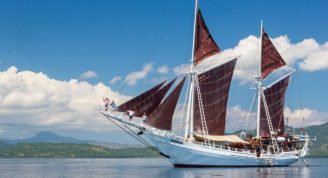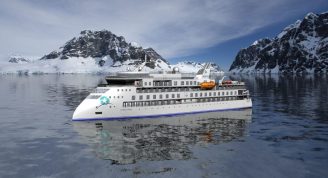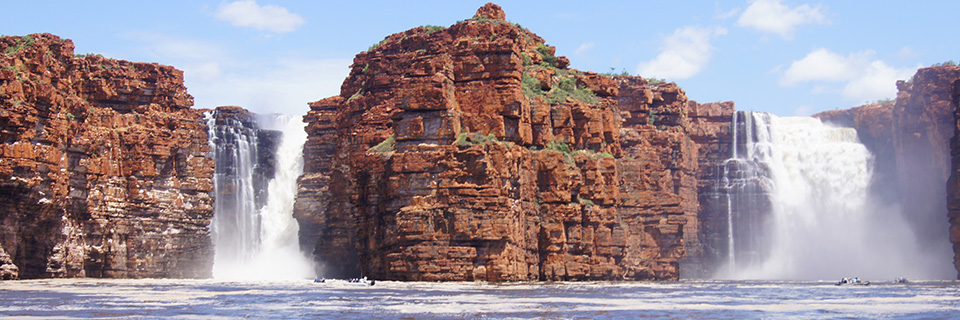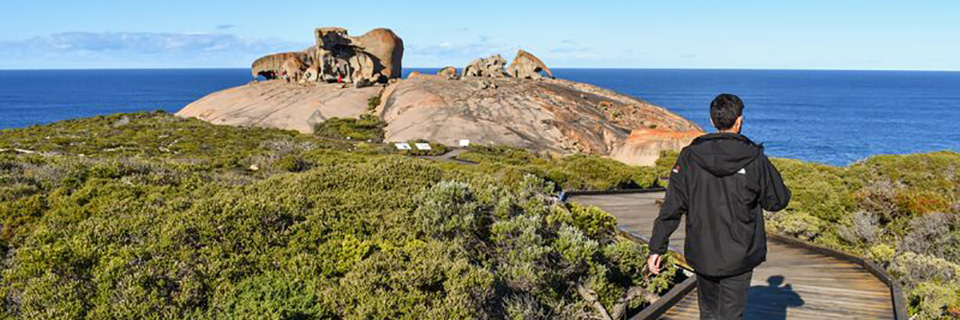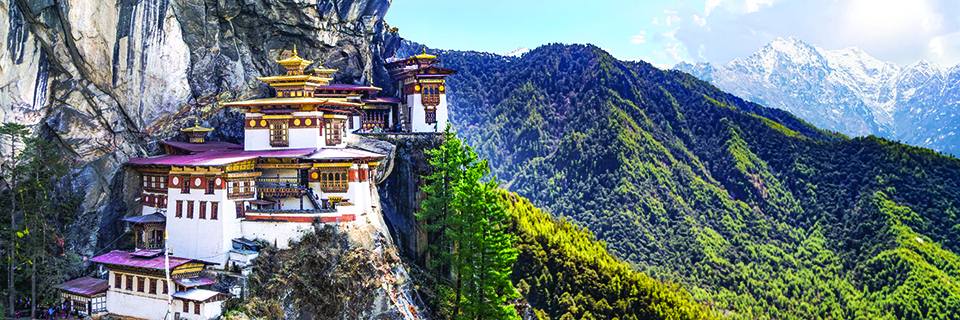Description
Join us on our inaugural 16-night voyage aboard Coral Geographer as we traverse the northern coastlines and equatorial waters of Borneo from Manila to Singapore. Our journey begins in Manila and takes us through the Philippines, Malaysia, the Sultanate of Brunei, Malaysian Borneo, and into Singapore, exploring rich traditional culture, ancient rainforests, and unparalleled marine biodiversity. We’ll dive and snorkel at Verde and Silonay Islands, immersing ourselves in the vibrant marine life at the heart of the Coral Triangle. On Marinduque Island, we’ll uncover unique traditions, and at Culion Island, we’ll visit the historical village and explore the UNESCO-inscribed leprosy archives. As we continue to Purao and Johnson Islands, you’ll enjoy rarely seen aquatic and geographical wonders before connecting with conservation efforts in Puerto Princesa, Palawan. Our voyage leads us to Malaysian Borneo, where we’ll savour a signature dinner in Kota Kinabalu, sampling local cuisine in a traditional longhouse set amongst exotic jungle surroundings. Discover the vibrant ecosystems and wildlife of Pulau Tiga Sabah and experience the cultural heritage of Bandar Seri Begawan, Brunei, where we’ll visit Iban longhouses and observe the fusion of tradition and modernity. Exploring Miri, Sarawak, we’ll delve into the ancient mysteries of Niah Caves, home to some of Southeast Asia’s oldest human remains. Enjoy a day at sea before arriving in Kuching, where we’ll meet orangutans at the Semenggoh Wildlife and Conservation Centre, learning about their habitat challenges. In Bako National Park, an expert birding guide will help us explore diverse ecosystems, spotting proboscis monkeys and abundant bird species in the wild.




